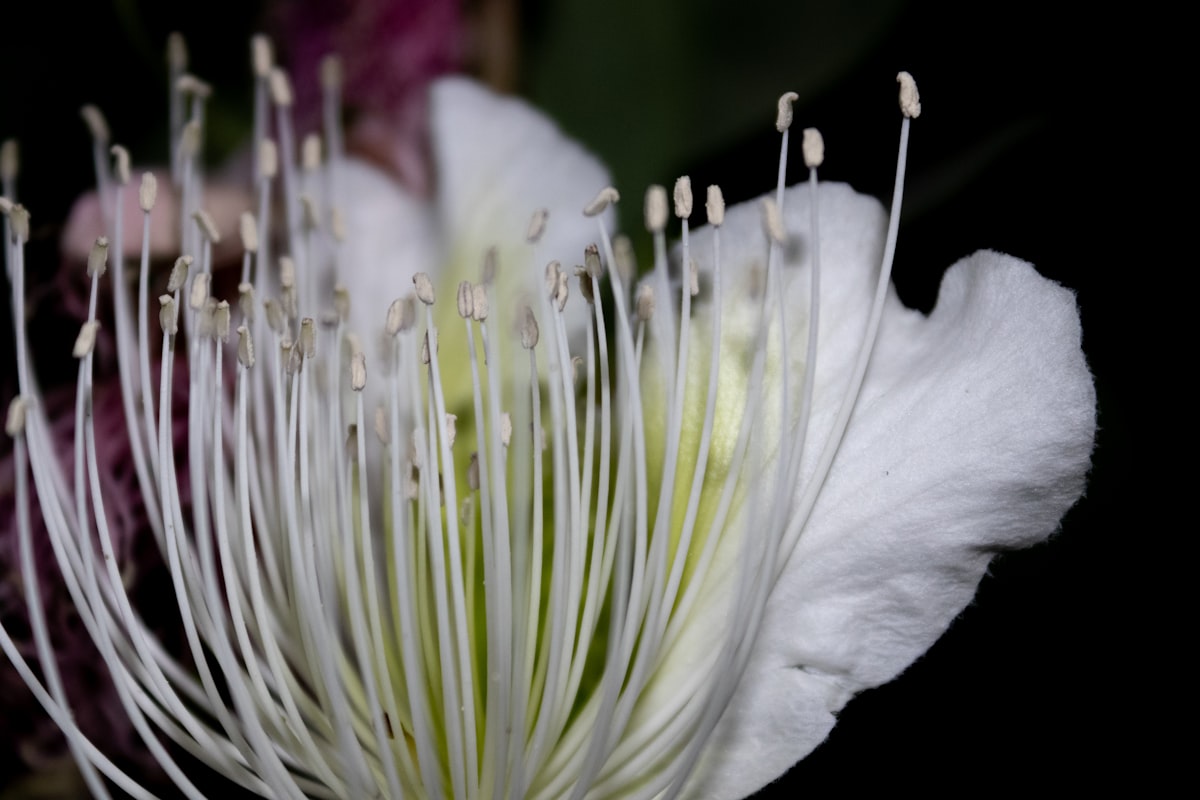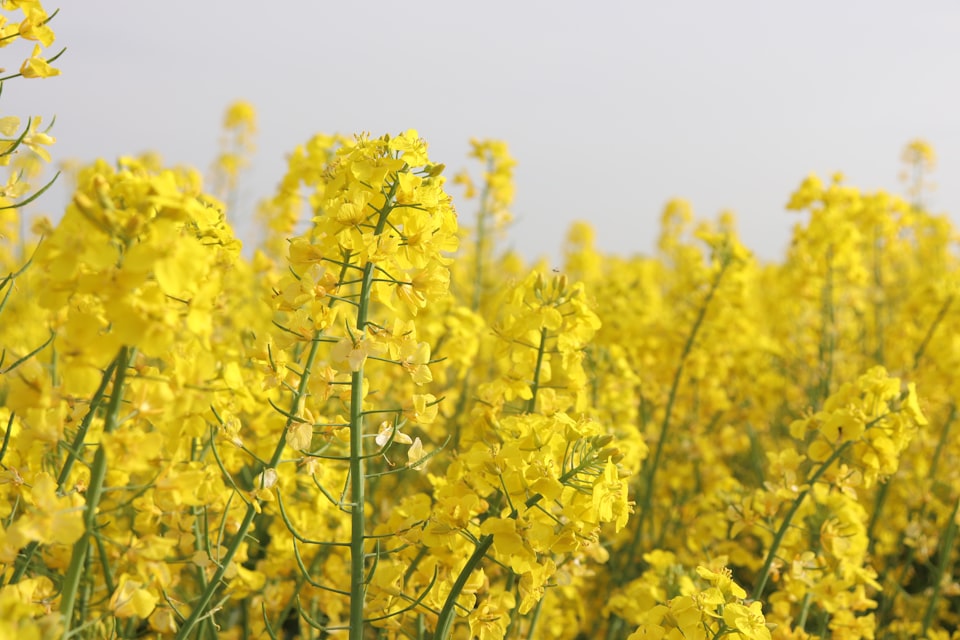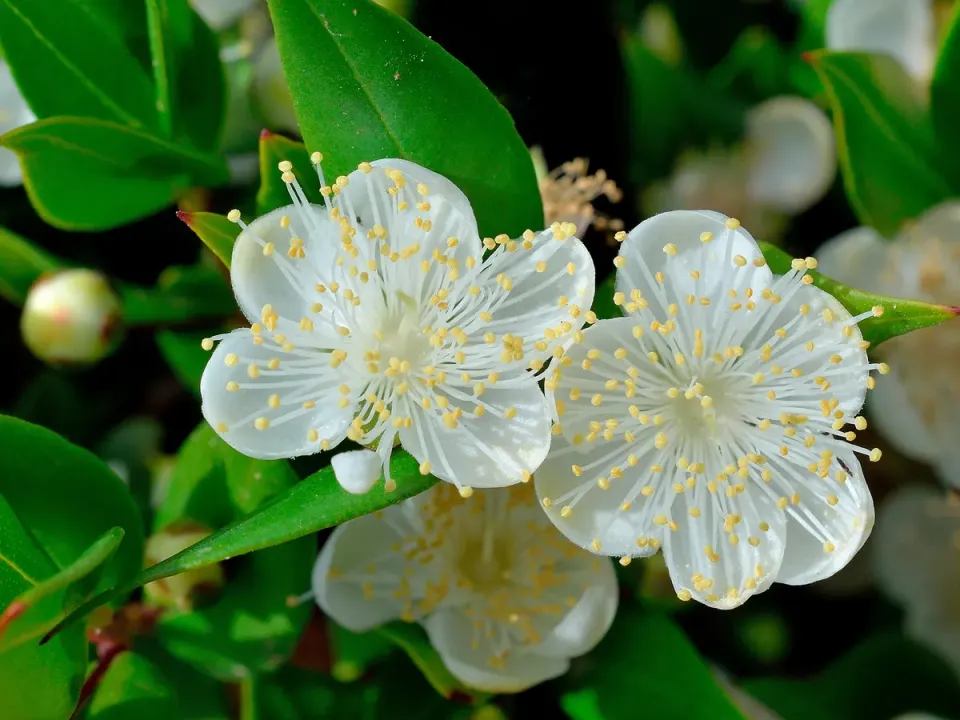II: Caper
The tale of the mysterious bullet-induced pregnancy.

Good morning. Today is duodi, the 22nd of Thermidor, Year CCXXXI. We celebrate le câprier, a bush with a little flower bud that's usually pickled.
💡
Capers do grow a fruit (called a berry), but that's not what you're likely to be eating when you're garnishing a Mediterranean dish. The edible, pickled part of the plant sold as "capers" is the flower bud, plucked from the plant before it has a chance to develop into a large, stamen-heavy blossom. Caper bushes remain productive for decades once they take root, so a thorough harvest of the reproductive parts doesn't devastate propagation – one only needs to leave a few flowers to run to fruit each year. Capers are considered more delicious the younger they're picked, so the smallest sizes (non-pareil, under 7 mm) fetch higher prices than the largest (grusas, over 14 mm). For this reason, a caper bush is typically harvested daily during its blossoming, always trying to grab those buds as quickly as possible. The rest of the caper weight classes between 7 and 14 mm, if you're curious, are surfines, capucines, capotes, and fines.
Before the "War of the Worlds" radio broadcast in which Orson Welles inadvertently convinced the fine folks of New Jersey that they were under Martian attack the night before Halloween in CXLVI (1938), the go-to byword for a successful hoax played on the public when they didn't get the joke was the son-of-a-gun case related by Legrand G. Capers.



